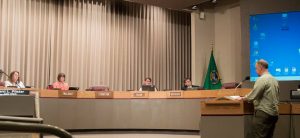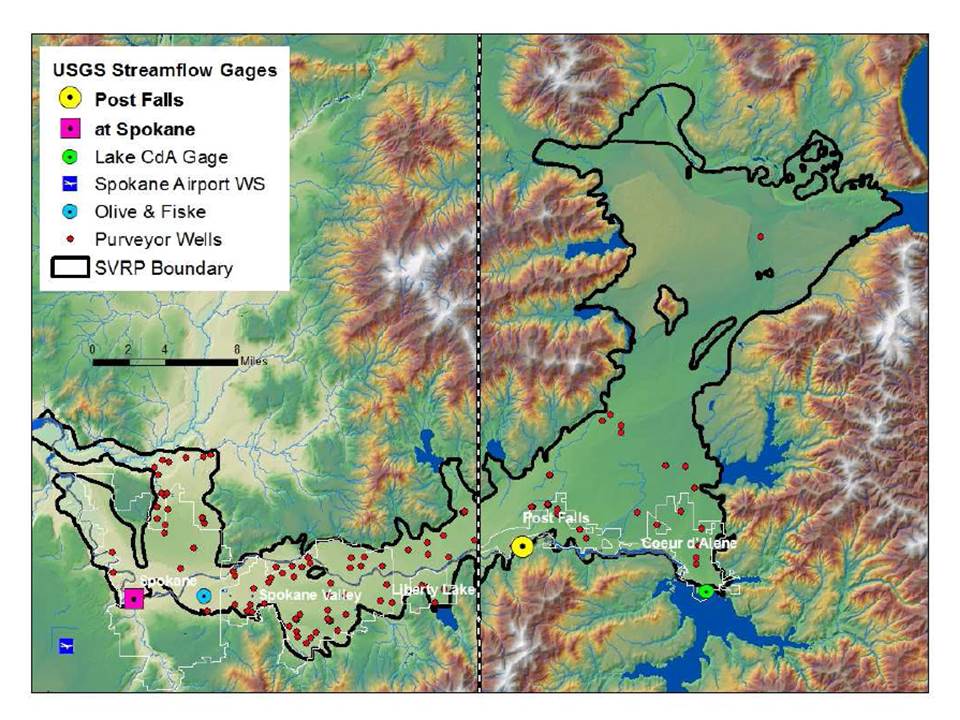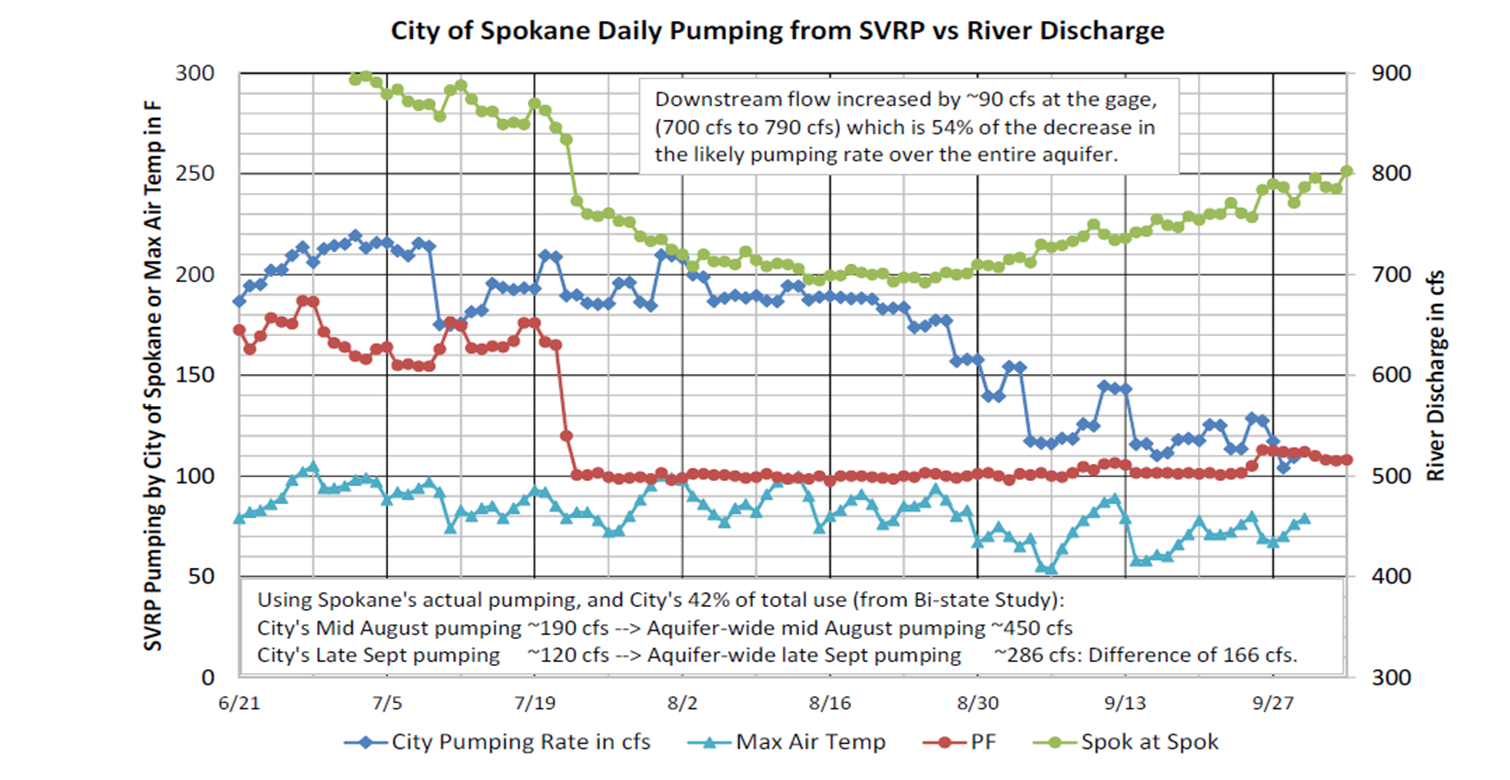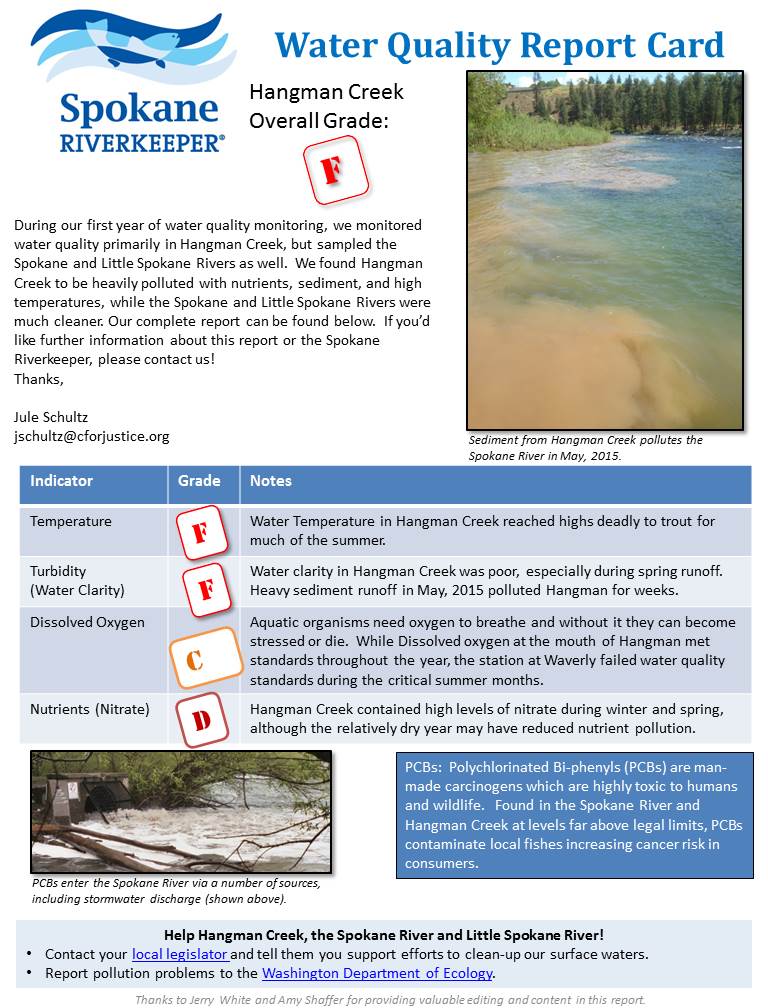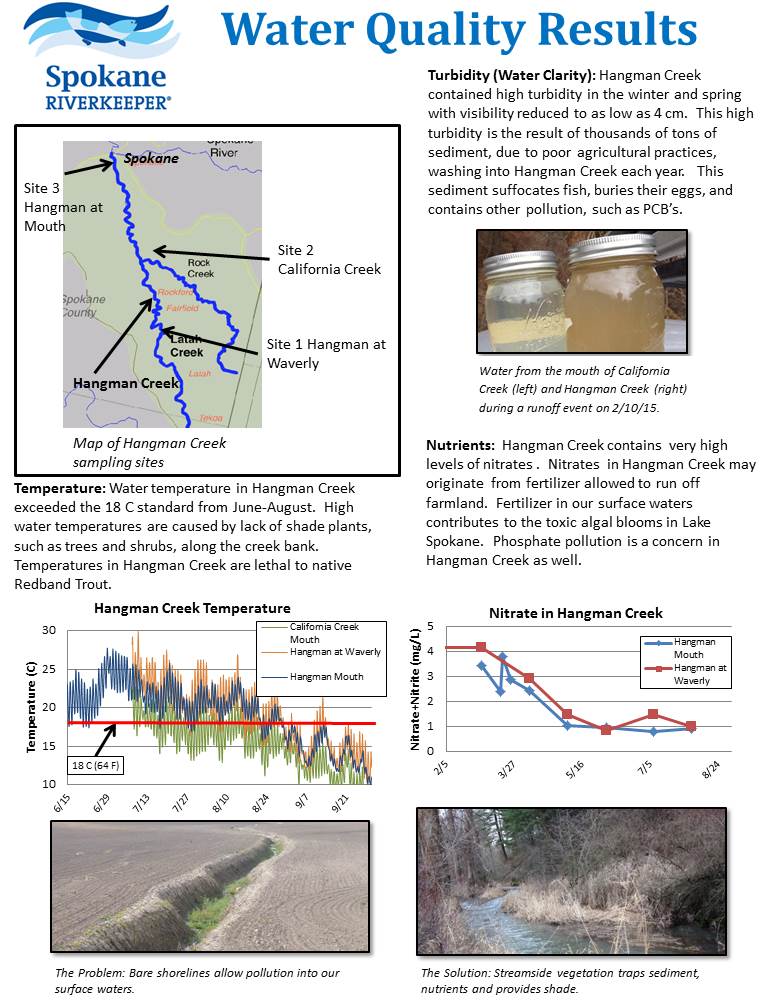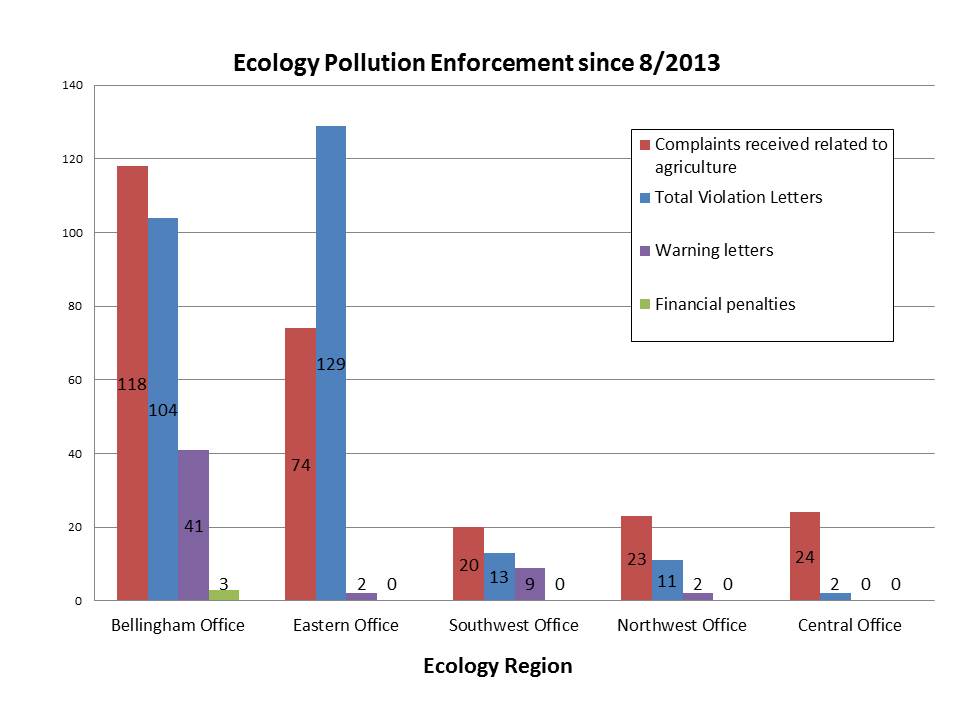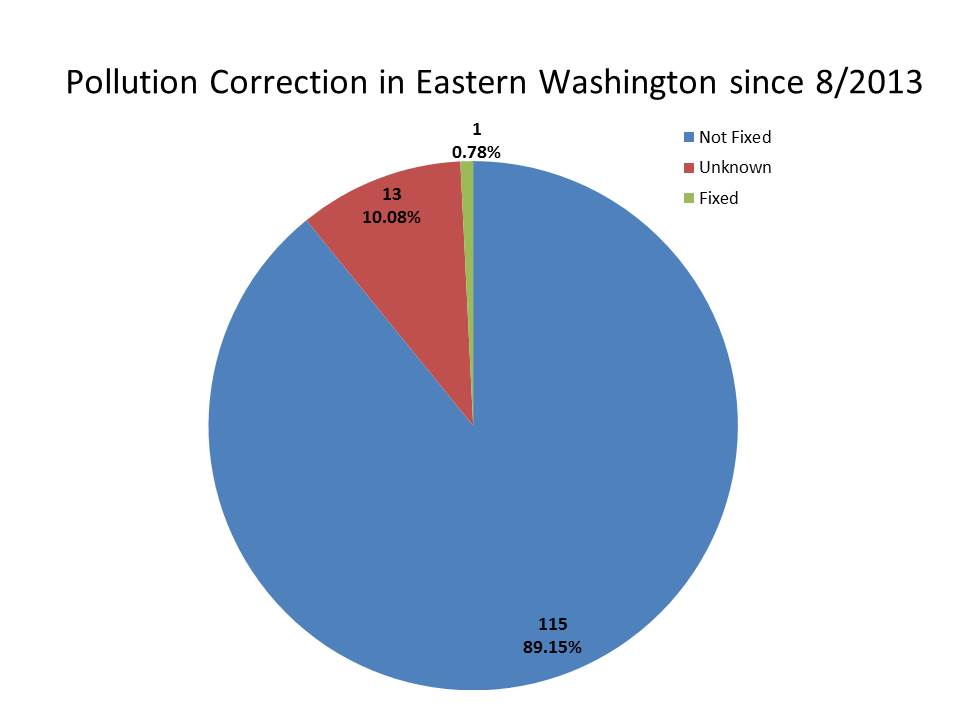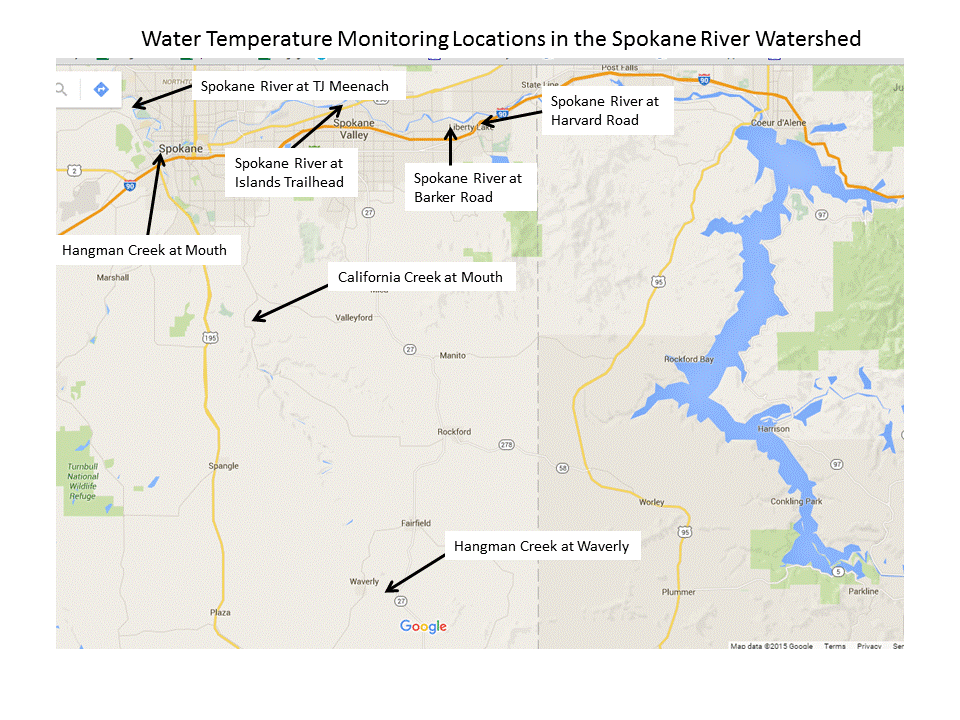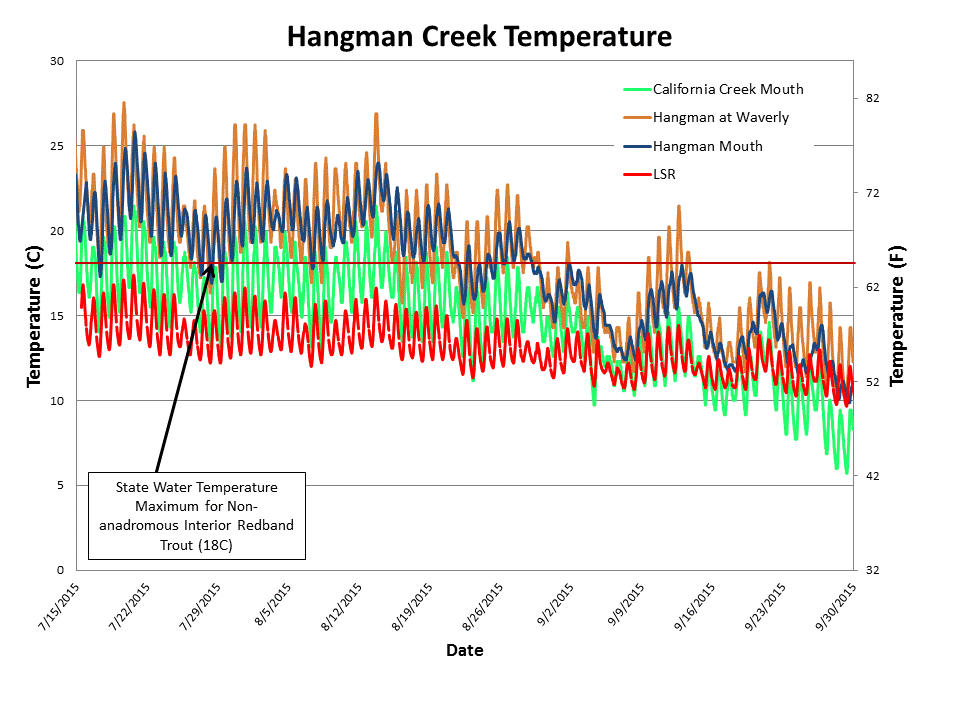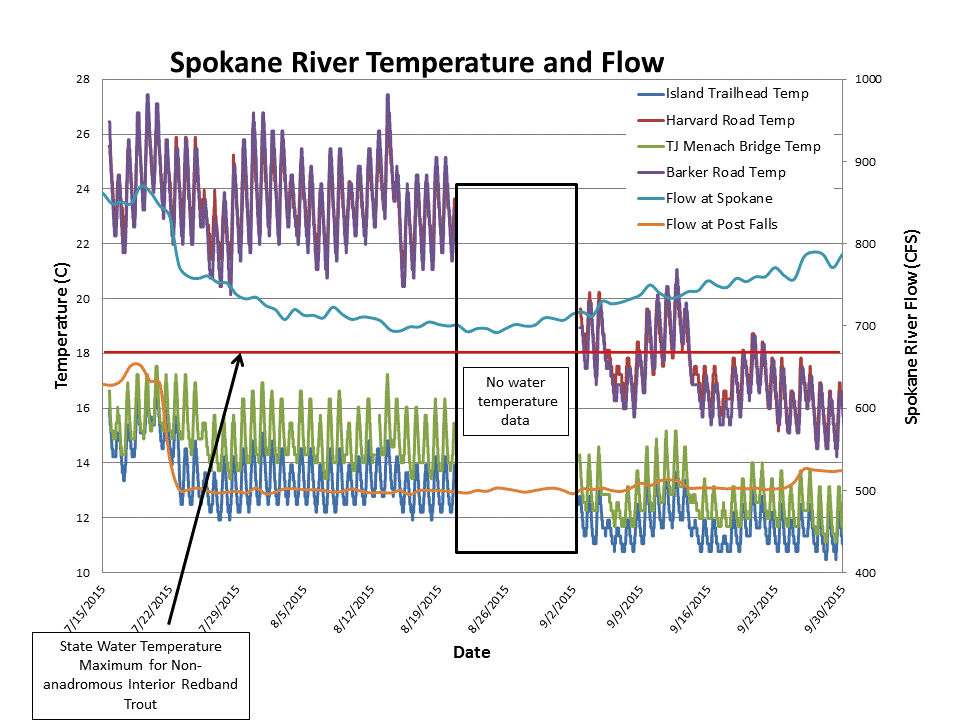A note from the Spokane Riverkeeper: A huge thanks to our intern, Amy Shafer, for researching and writing this blog post. Her introduction to PCBs comes at a crucial time in Washington State for toxins in our waters. The EPA recently proposed an alternative water quality standard and Federal Human Health Criteria that is superior to Washington State's draft proposal. In the State's rule, the allowable cancer risk rate of those who consume fish from Washington State waters is raised from one case of cancer in one million citizens to one case in one hundred thousand citizens. This has implications for all people who catch and east fish in Washington State, especially those who consume larger amounts of fish, who are very young or are pregnant. The Spokane Riverkeeper supports the adoption of the proposed EPA rule which calls for the more protective 1:1,000,000 cancer risk rate. Please comment here or wait and watch our Facebook page and email blasts for the "talking point" highlights from Riverkeeper comments.
Most people in the Spokane area are aware that the Spokane River is polluted. But what is it that’s actually polluting and harming the river and the animals in and around it? PCBs are toxic substances that are greatly affecting the Spokane River and pose a risk to human health.
What are they?
PCB stands for Polychlorinated Biphenyls. These are two benzene rings with 1-10 chlorines attached to them. There are 209 different arrangements of chlorine on these structures and these are called cogeners. PCBs are chemicals that come from old electrical equipment and modern day dyes and pigments. They travel via the air and water, becoming attached to sediments and particles in the water of the Spokane River. They move through the food web of aquatic animals and make their way up the food chain to humans who are eating the fish from the River. PCBs were initially developed in 1929 and were used in several types of equipment because they did not break down, burn, or conduct electricity. They were made illegal in 1979 but the laws allowed some uses to continue under allowable levels of toxicity.
Where do they come from?
PCBs were originally used in many things. They were found in transformers, capacitors, lubricants, caulk, paint, lamp ballasts, florescent lighting, and even newsprint. When PCBs were made illegal these stopped being manufactured but those that were already in use were permitted to continue being used. In addition to these legacy manufactures, there are 70 known manufacturing processes that are inadvertently making PCBs that continue to occur because PCBs are made as a byproduct. The most well-known and studied of these processes is the making of dyes and pigments. PCBs have been found to correlate with brighter colors in paints, pigments, inks, and dyes so it is found in most colored papers, cardboard, plastics, and textiles. The PBCs get released into the environment through manufacturing, use, disposal, and recycling processes.

PCBs travel through the air until they are eventually deposited onto surfaces where they are then washed away through water and end up in areas like the Spokane River. They don’t dissolve in water and instead attach themselves to mud, organic particles, and sediments at the bottom of the river. The organic particles in the river are then consumed by invertebrates, which are generally at the bottom of the food chain. PCBs are stored in the fat of animals so when that animal gets eaten, all of the PCBs it consumed in its lifetime end up in the predator that ate it. This results in a higher concentration of PCBs in animals’ systems the higher up the food chain one goes. This process is known as bioaccumulation. By the time PCBs reach fish in the Spokane River, the amount of PCB in the tissue is dangerous to consume.
What do they do?
PCBs increase the risk of cancer and other health issues in animals and humans. Studies of people who have been highly exposed to PCBs have shown that PCBs cause skin rashes, immune disorders, liver disease, reproductive disorders, and neurological and behavioral problems, and cancer. While PCBs are dangerous for everyone, there are some people who are especially at risk. People are more likely to come in contact with PCBs if they work around contaminated equipment and materials, work in buildings with PCB materials or florescent light ballasts, or consume fish and seafood from contaminated waters. Small children are more likely to be affected by PCBs as they are still developing and growing and pregnant women who are exposed to high levels of PCB have infants who tend to show neurobehavioral problems. PCBs are stored in fat rather than blood and the human body absorbs it rather than secretes it. Because the body does not remove PCB from its system, the amount of PCB in an individual will increase with age. In 2014 PCBs were reclassified from “probable human carcinogens” to “human carcinogens” by the International Agency for Research of Cancer.
Experiments have been run throughout Washington to find the effects of PCBs on various animals that have been exposed to them. Fish, birds, and mammals such as sea lions, seals, and mink have shown negative effects of exposure to PCBs. They all had reproductive problems, poor muscle coordination, week immune systems, and deformities in their skin and skeletons.
What are we doing about this issue?
The Spokane Riverkeeper mission is to protect and restore the health the Spokane River watershed, and accomplishes that goal through collaborating, educating and when necessary litigating. In 2011 the Spokane Riverkeeper helped create the Toxics Task Force. Its job regarding PCBs is to identify sources of PCBs and reduce the amount of PCBs in the Spokane River. The Task Force is making efforts to consolidate data about PCB sources, transportation, and what becomes of them. They are working on finding the different sources that are involved in dispersal of PCBs through stormwater. They did a massive data collection during dry weather and they intend to do another collection later during a wet season. The Spokane Toxics Task Force is also trying to identify and reduce PCB production in consumer products where PCBs are a byproduct
Another way we have been trying to bring about change is through political arenas. The Spokane Toxics Task Force has worked for PCB restriction, encouraged purchase of low and non-PCB products for public use, and addressed the need to reduce inadvertently made PCBs. In June of 2014 the City of Spokane enacted an ordinance that had a preference for City purchases to be PCB free. We are also working on public outreach. Measures are being taken to educate the community about what PCBs are and the dangers that they bring about. One example is fish advisories that have also been created by the Washington Department of Health to let people know what fish is safe to eat and where in the river it can be caught from. (see image below). Additionally, all Washington Waterkeeper's are advocating for the most protective Human Heath Criteria as proposed in the EPA's draft rule. The Spokane Riverkeeper will be asking people to sign letters, and make comments in support of a very protective rule. Such a rule will help in the reduction of PCBs entering.

Why should you care?
Being aware of health issues in the community is key to keeping yourself and your family healthy and happy. When you go to swim in the Spokane River you should be sure to wash off hands, feet, face, and toys before eating or leaving. If you eat fish from the Spokane River you should be sure to eat no more than the advised amount set by the Washington Department of Health.
We at Spokane Riverkeeper are doing all that we can to stop pollution of the Spokane River and keep our environment clean. We cannot do this alone though. You can also help your community by donating money or volunteering your time to help us out. The Spokane River clean-up was a huge success this year and we owe that to citizens of Spokane like yourself. Stay informed of what’s going on in your local community and take ownership for the beautiful environment around you. This river belongs to all of us, let’s make it something to be proud of.

Our guest author, Amy Shafer, is a senior at Gonzaga University studying biology and political science, with aims to work in environmental policy. She interns as a our PCB Outreach Coordinator.



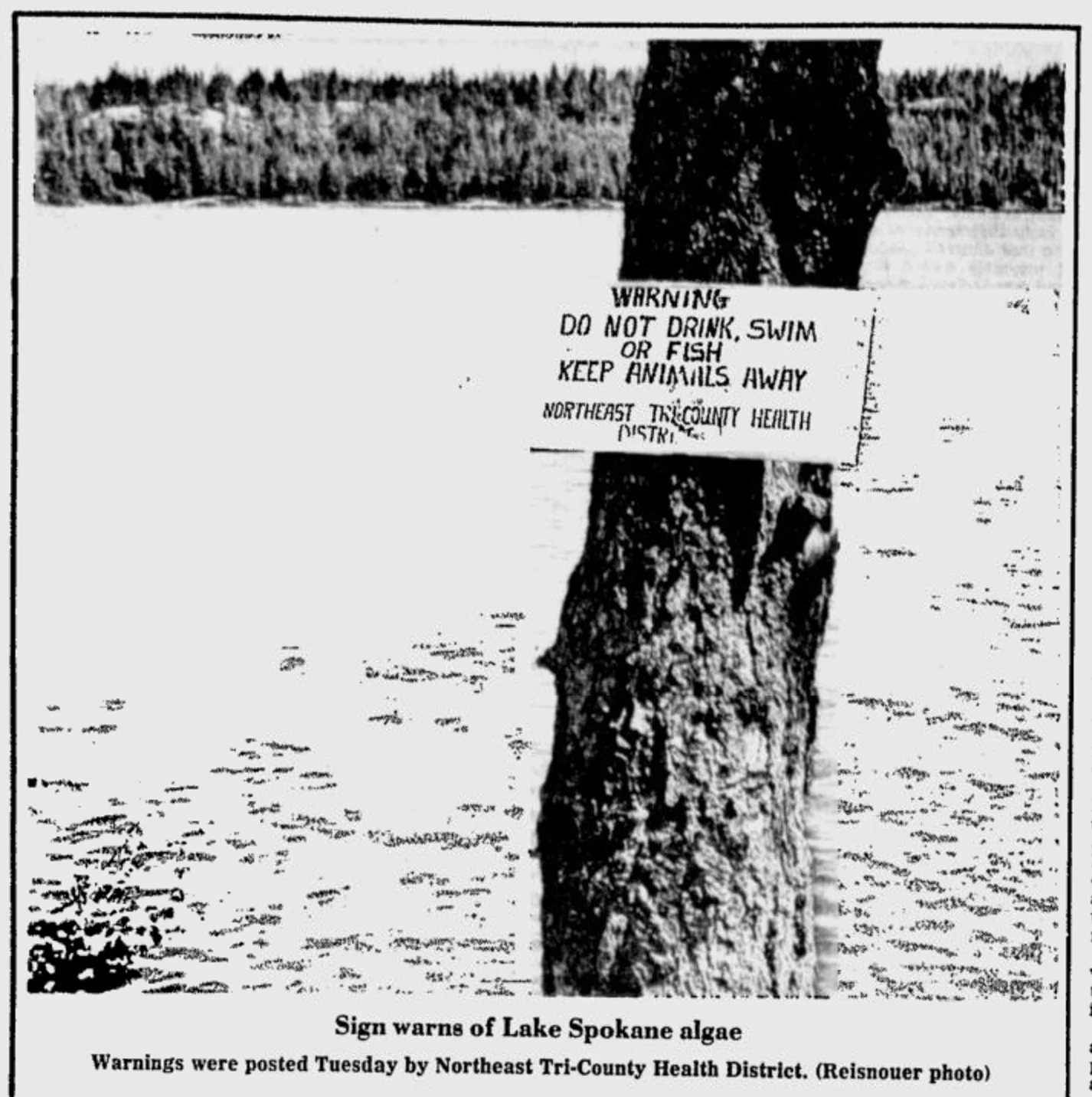





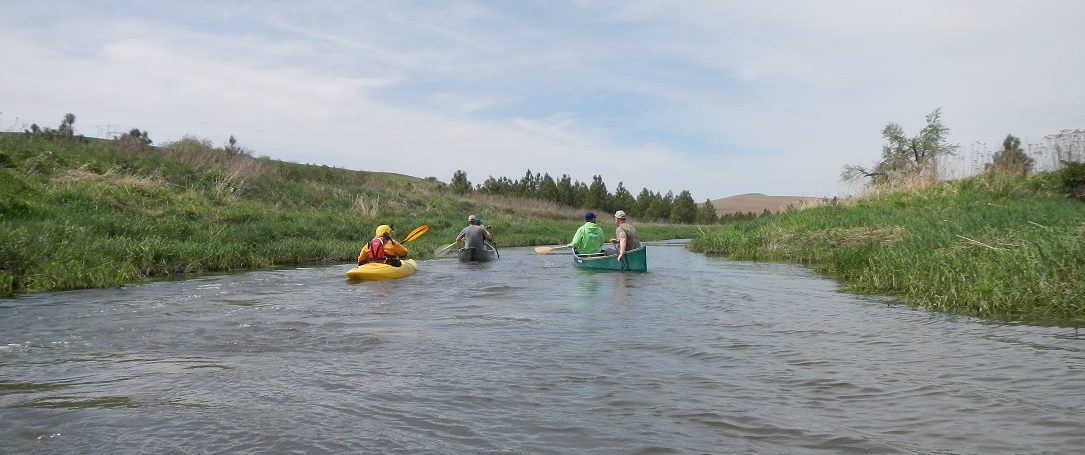

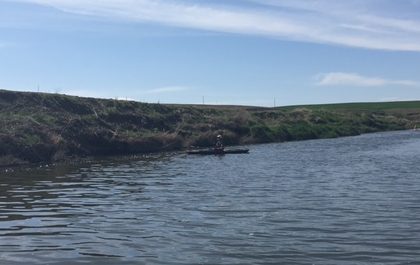
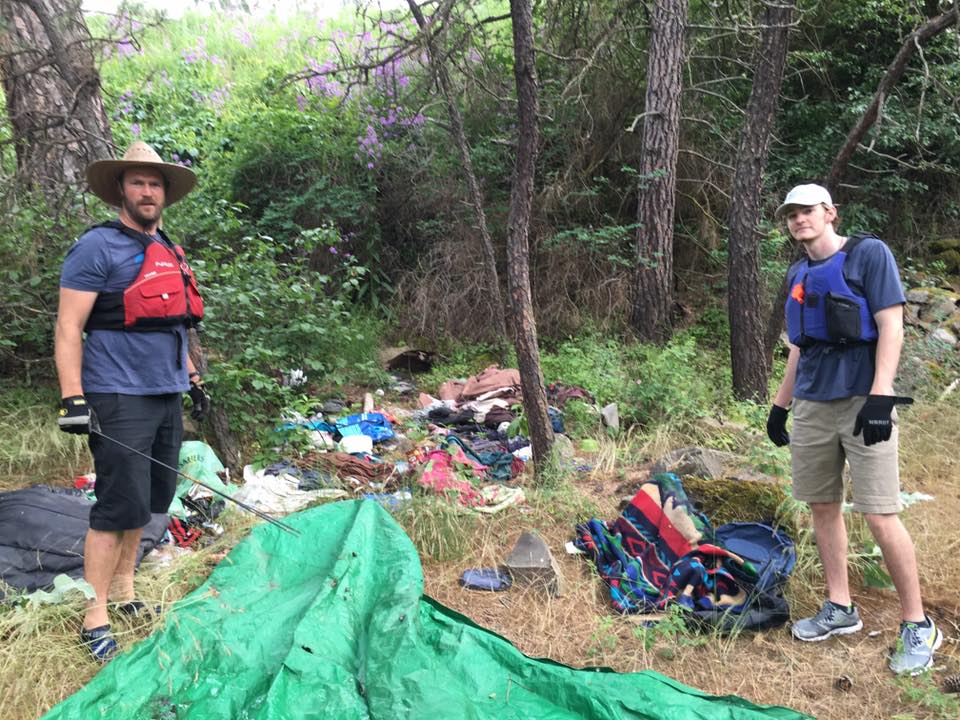 This summer I was given the opportunity to be an intern for the Spokane Riverkeeper. Throughout the experience I learned a lot about the Spokane River and Watershed. Pretty much every day I was in the field, working right beside the river. We rafted the river about once a week picking up several hundreds of pounds of garbage each day. Days we didn’t raft we would take groups out alongside the shore to pick up trash, go on water quality runs, place temperature loggers into the Watershed to help monitor the health of various spots on the river, as well as a variety of other tasks.
This summer I was given the opportunity to be an intern for the Spokane Riverkeeper. Throughout the experience I learned a lot about the Spokane River and Watershed. Pretty much every day I was in the field, working right beside the river. We rafted the river about once a week picking up several hundreds of pounds of garbage each day. Days we didn’t raft we would take groups out alongside the shore to pick up trash, go on water quality runs, place temperature loggers into the Watershed to help monitor the health of various spots on the river, as well as a variety of other tasks.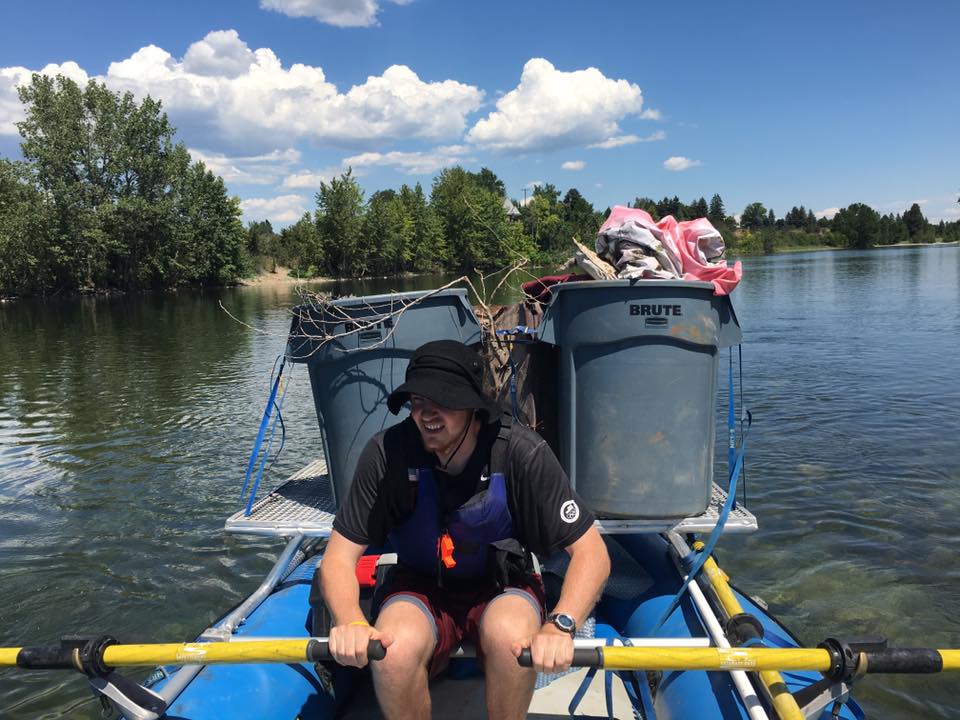 Rafting at least once a week for 3 months gives you a newfound respect and appreciation for the river. It really showed me that preservation should be taken very seriously, as something so beautiful and natural should be protected from industrialization and unnecessary pollution.
Rafting at least once a week for 3 months gives you a newfound respect and appreciation for the river. It really showed me that preservation should be taken very seriously, as something so beautiful and natural should be protected from industrialization and unnecessary pollution.